How it works
Comprehensive Watershed Management
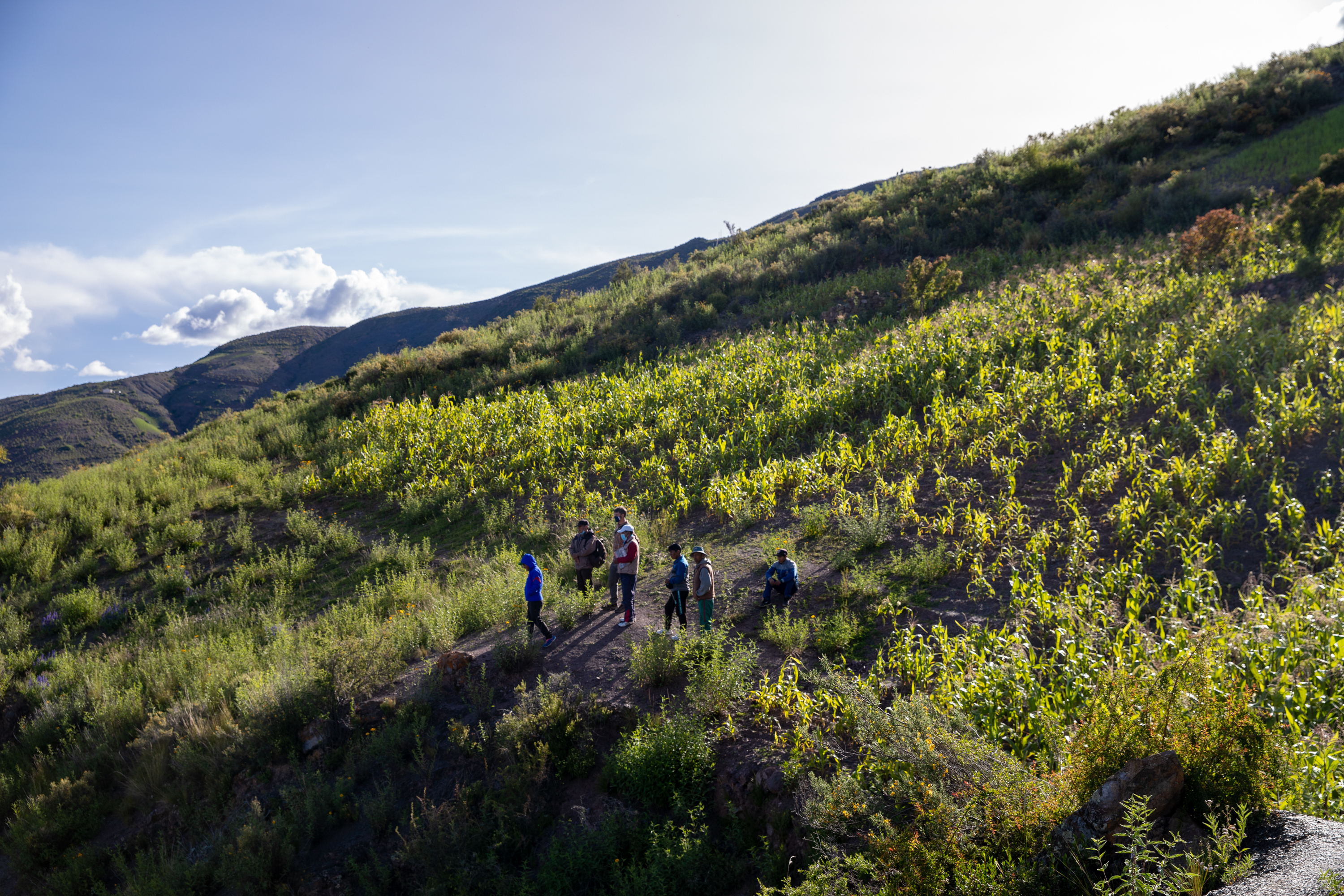
Imagine being a farmer in Potosí, Bolivia. You’ve terraced your land on rugged hilly terrain at over 12,000 ft elevation. You’re far from the city markets where you could buy vegetables, so this food means survival and health for you and your family.
It used to be simple. The rainy season came from September to January and would bring consistent rain to your crops every day. The harvest season brought an abundance of fresh vegetables and you lived well, knowing that you didn’t need to rely on harsh chemicals or processed foods that you might find in the city.
But these days, the weather is changing. It’s not as simple as it used to be. Because now, with the climate changing drastically, weather patterns are shifting all the time. They are unpredictable. At times you may receive rain, but it falls in droves, almost wiping out your new seedlings entirely. And then you may see weeks when no rain comes at all. So you wait. You manage your crops and livelihood as best as you can, never knowing what tomorrow will bring.
My main concern is water and how to take care of it. We can’t do anything without water. I’ve heard it said that in 50 years people won’t work for money but for water. So it’s important to keep working on how to maintain our water sources.
Gabriel Acarapi Chuca
PRODII
Gabriel Acarapi Chuca of MCC partner Programa de Desarollo Integral Interdisciplinario (PRODII), is worried about these patterns too. He explains, “My main concern is water and how to take care of it. We can’t do anything without water. I’ve heard it said that in 50 years people won’t work for money but for water. So it’s important to keep working on how to maintain our water sources.”
I had the opportunity to travel to Potosí with other MCC staff so we could learn more about PRODII’s solutions to these new and unpredictable weather patterns. They tell us they’ve been implementing what’s called Manejo Integral de Cuencas (MIC or Comprehensive Watershed Management) systems in remote farming communities like the ones we are visiting today. After a long drive, almost two hours weaving through windy roads up the sides of the breathtaking mountains we arrive at the beginning of the path we’ll walk. We grab backpacks, water and our cameras, to learn more about these MIC systems.
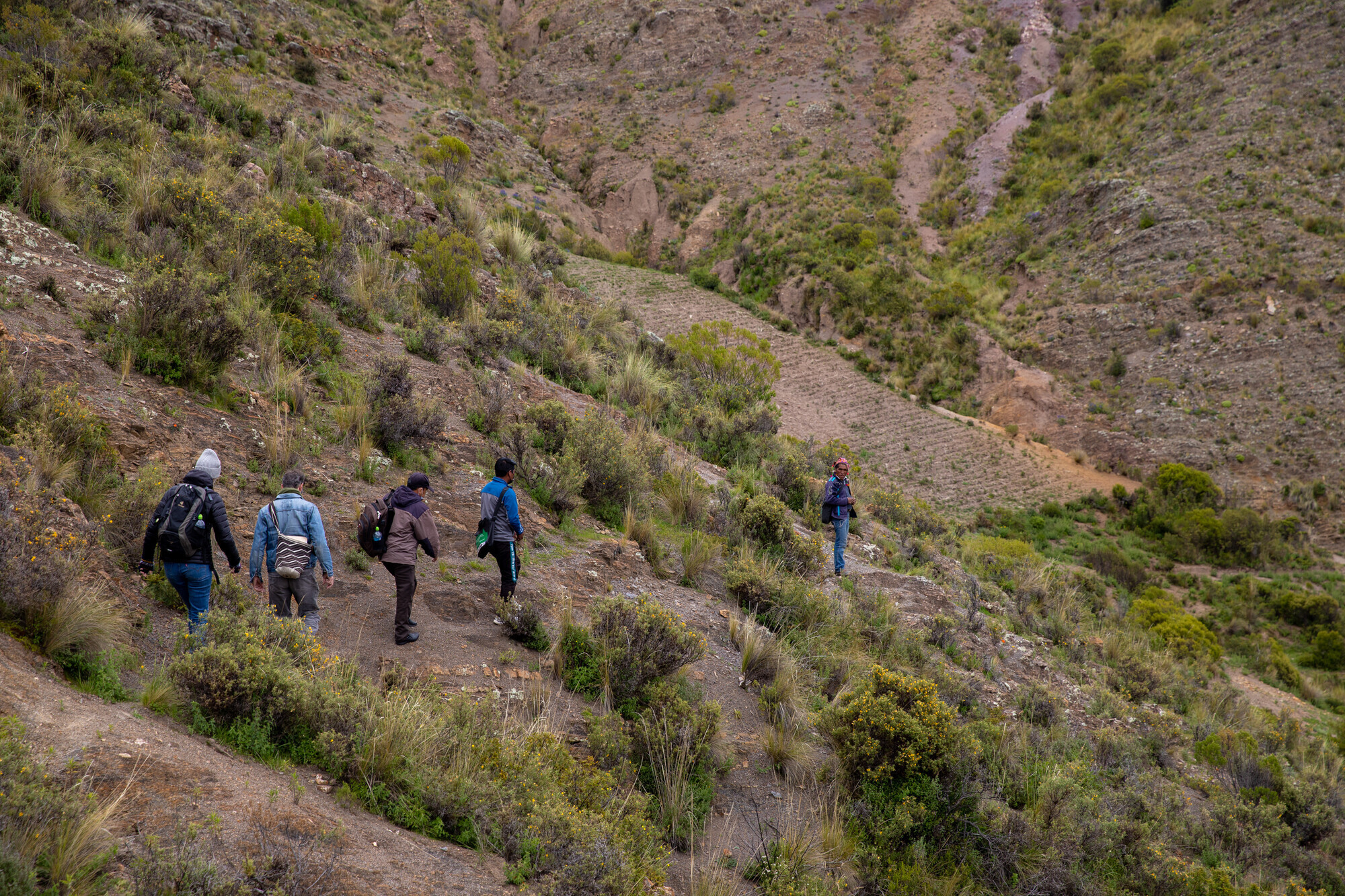
We walk deeper into the hilly terrain. I often need to take moments to pause and catch my breath. Traveling at a higher elevation than I had ever been before, the air was thin and my body was not fully acclimatized. I often say to people that you don’t know what it’s like to lack oxygen until it's gone. But onwards we walk.
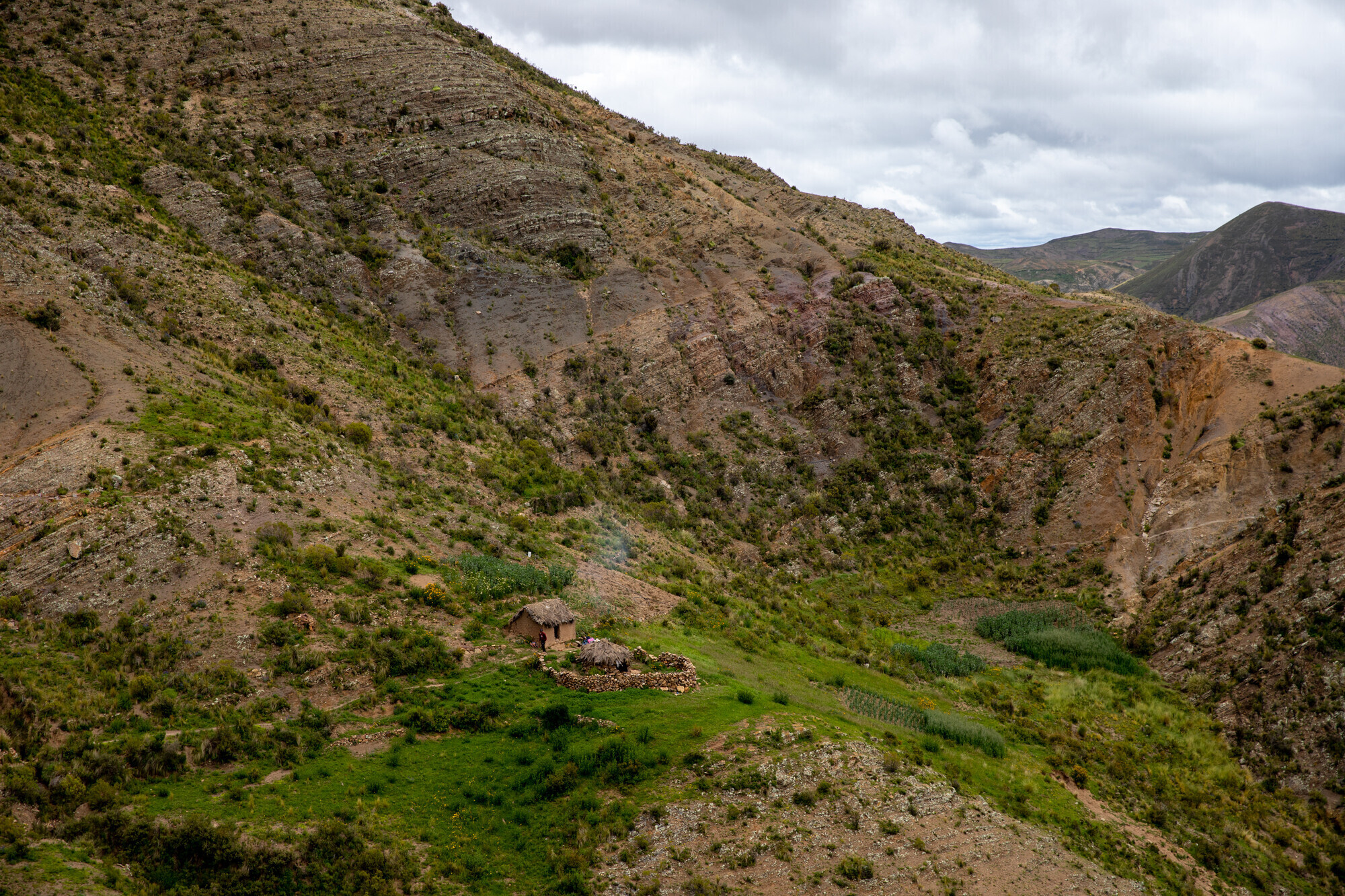
How it works
When we arrive at the base of the MIC system, Gabriel gathers us around to explain more about this unassuming collection of water we see in front of us.
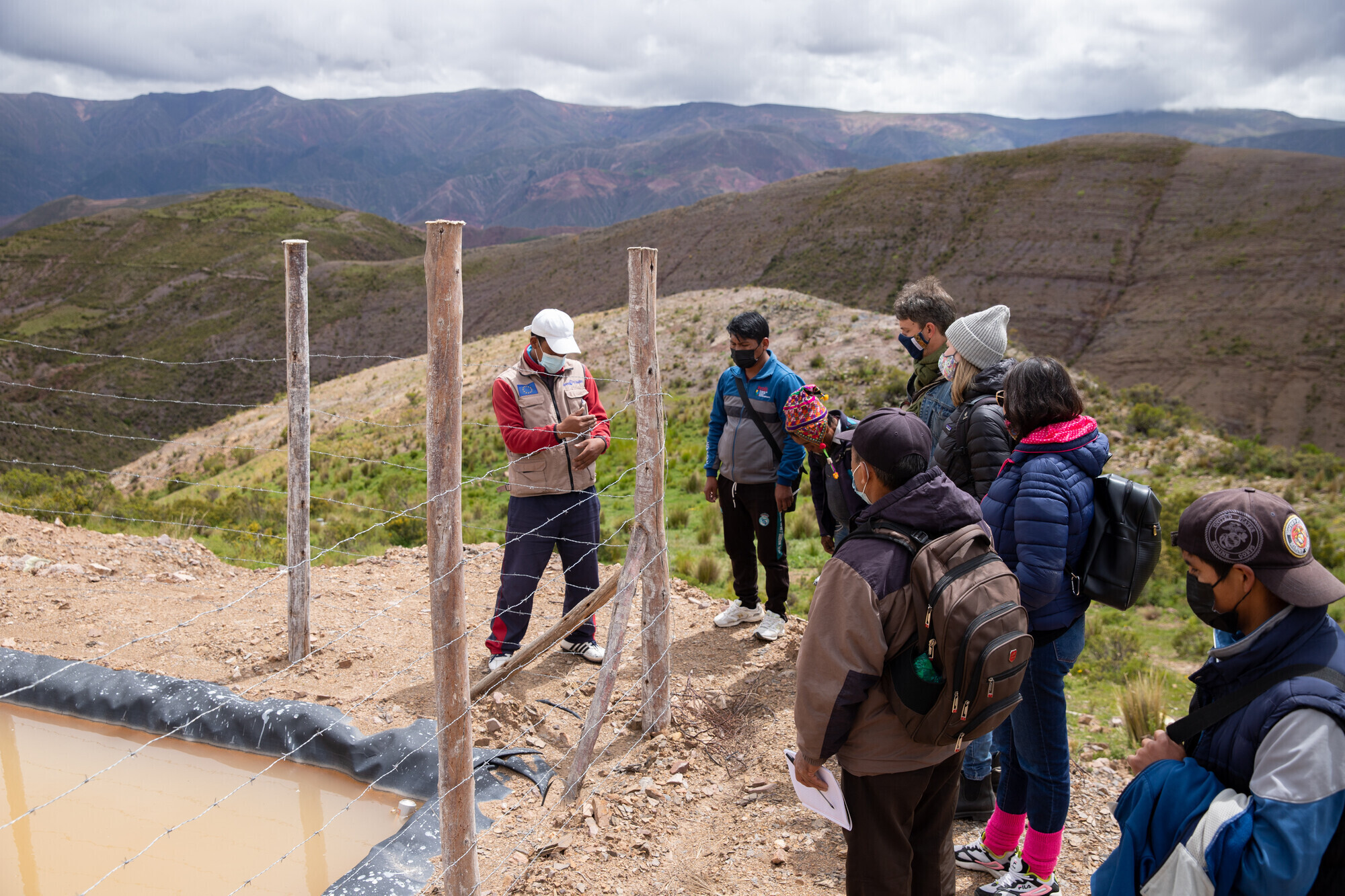
He explains that the systems use the gravity of the hilly terrain to move water without the use of pumps. Farmers build a water catchment tank on their land and a series of tubes from a higher altitude flow from various springs to their land. Depending on the amount of water available these reservoirs can hold 10,000 – 20,000 liters of water or more.
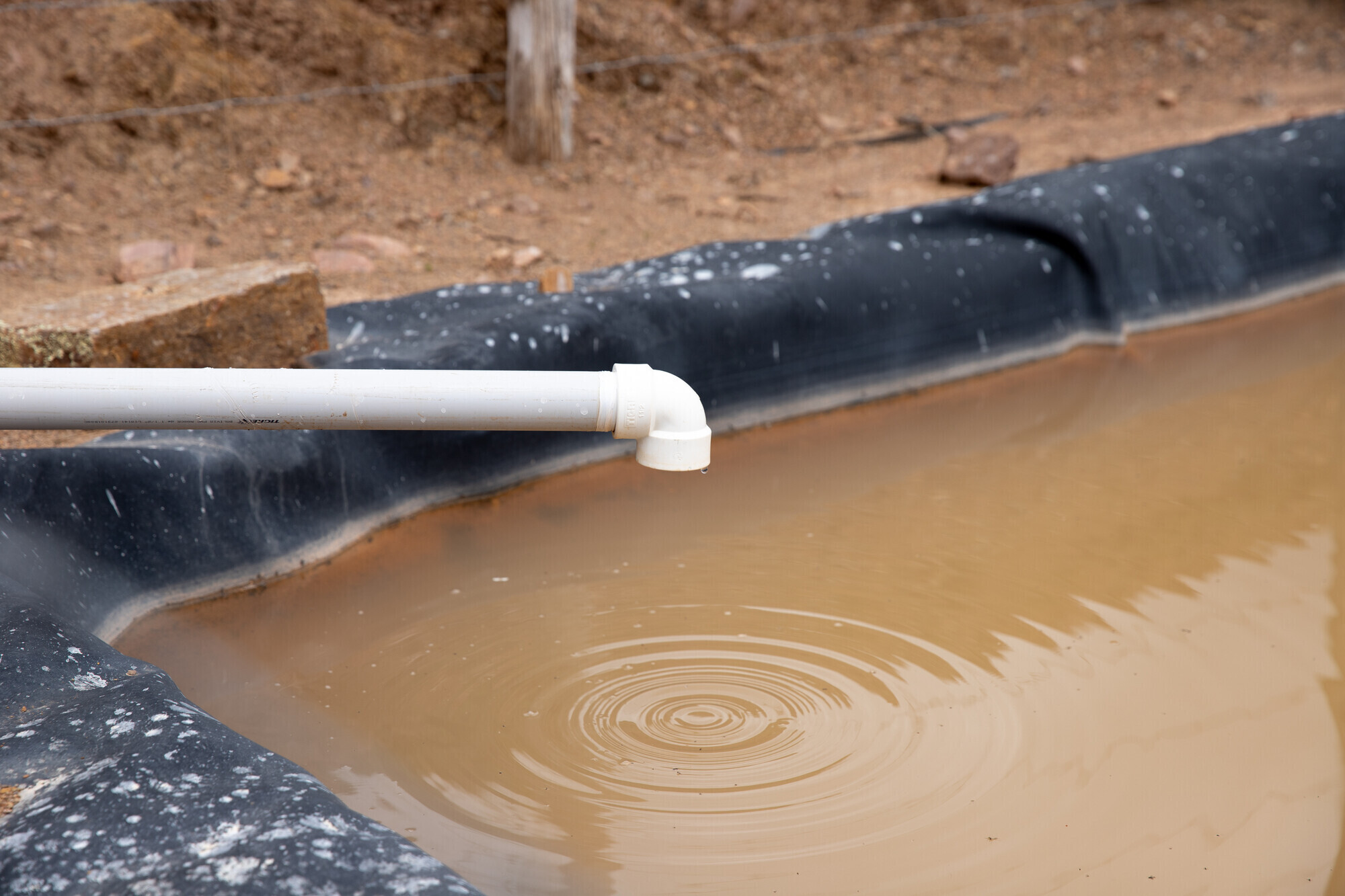
If you, like me, still have trouble wrapping your head around how it all works, he continues to use this helpful analogy:
“Sometimes I describe it to people like this: say we have a towel and we pour water there, that’s the MIC. If we pour the water straight onto the table, that water falls right off. The MIC is developed to be like a towel, to soak up water. The idea is to maintain the amount of water in the streams so that it doesn’t go down over time, and it can improve the amount of water that people can have. We’re working very hard on that in the different communities. We want these MICs to be examples, demonstrations for other communities.”
PRODII’s objective with this project is to improve the water management of the territory. By helping the most vulnerable, rural indigenous farmers receive reliable access to water, they are helping reduce the adverse effects of climate change and guaranteeing food security. They work with 189 families in the department of Potosí, Bolivia. And while they are dedicated to improving the practices of family irrigation systems, they also work towards native seed recuperation and conservation and agroforestry systems. In all these activities, their goal is to increase farming productivity, crop diversification and allow for more continuous agricultural activities throughout the year. They also hope to see a reduction of seasonal migration for people looking for alternative work as people get more invested and see more results on their land.
Community benefits
One of the project participants benefiting from this system is Nicolás Yucra Gómez. He’s been working with PRODII for years and has been an early adopter of the MIC system in his community of Kisi Kisi. Nicolás is a community leader and is passionate about ensuring that not only his family, but everyone in their community can benefit from this system. On our visit to his community, he shared, “We don’t buy many things from the market, we don’t really need to. Maybe some people will buy rice, pasta, but most people will eat from what we cultivate. We live with our mother earth, together with production.”
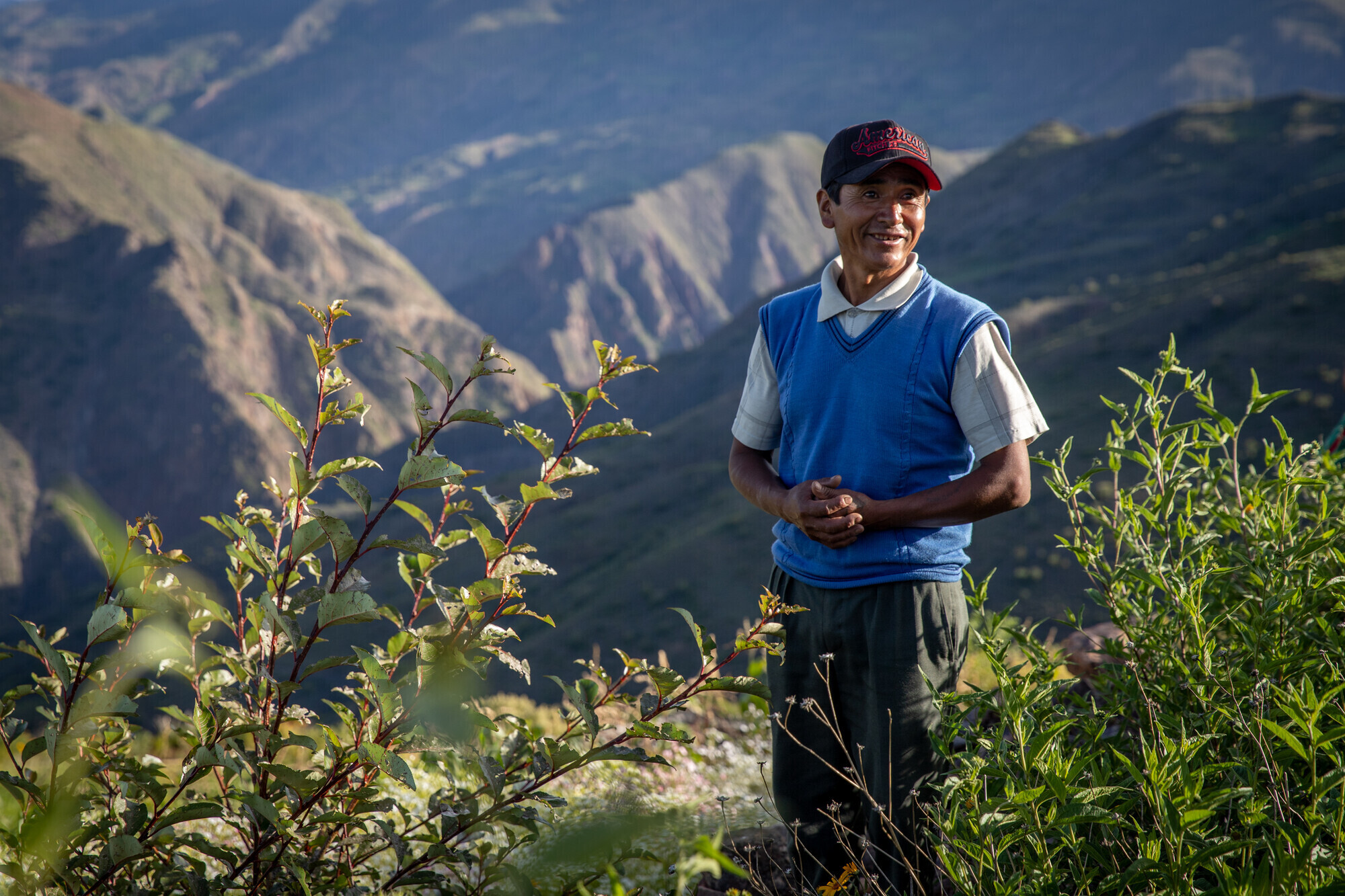
They do this by sharing the MIC system in their community with about 15 families. They rotate through who gets to use the water irrigation system for their land. But when water is scarce, even with a reservoir of water, there isn’t enough to go around. He continues, “Last month, water was scarce. It was difficult because families had to take turns to irrigate their land. We had only one turn. So even if the plants are dying you need to wait for your turn. If it were a whole family irrigation system, water would be more constant. But we share our water in the community, so it's difficult.”
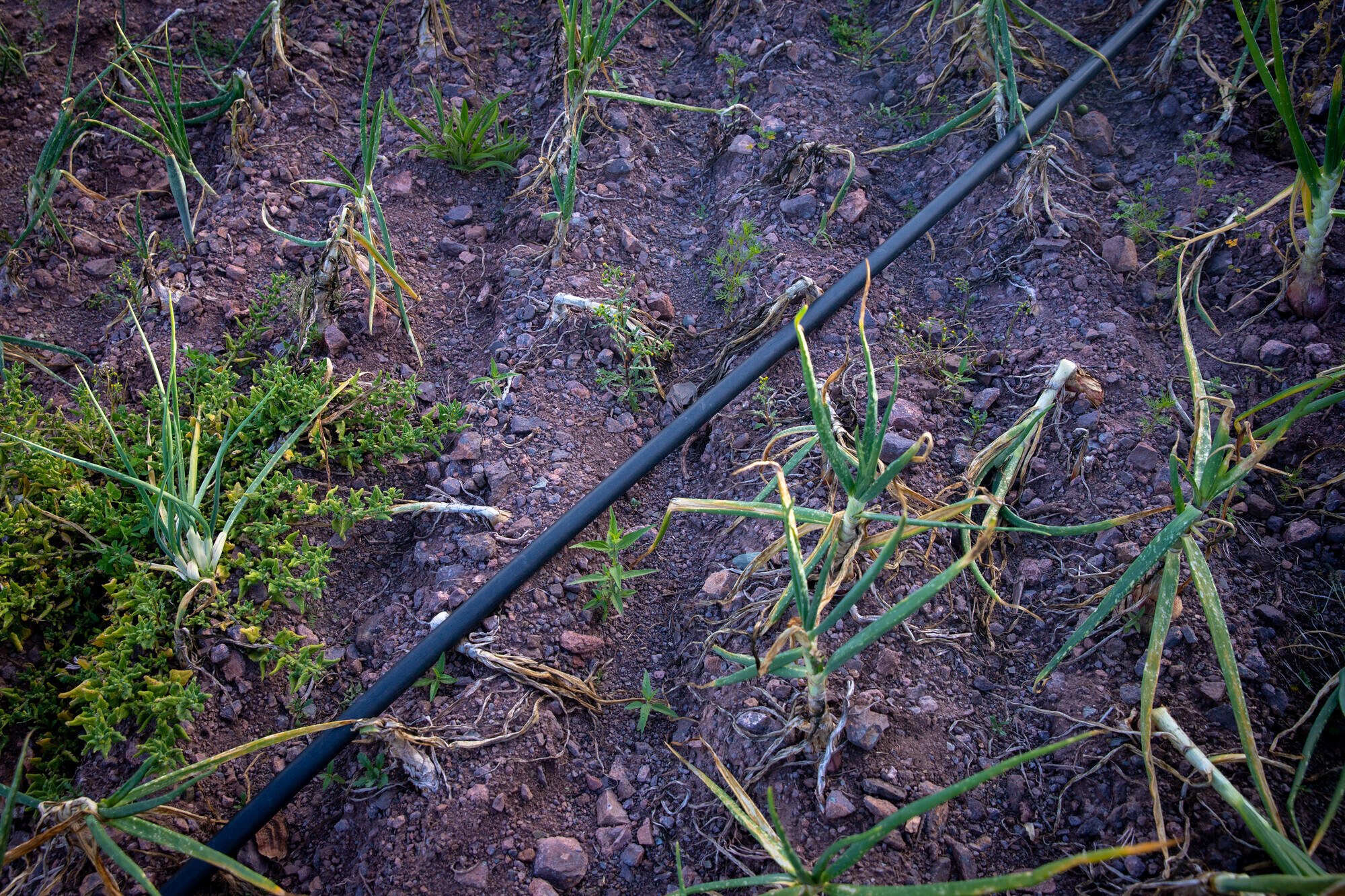
But even when sharing with the community means resources are sometimes stretched too thin, it’s important to Nicolás that everyone has access. “In this community everybody has something for consumption, no one will be lacking. This is irrigated thanks to the MIC system.”
And now, families in this community don’t need to migrate to the cities for food. When I asked him if he’s noticed an increase in migration because of climate change over the years, he provides an idyllic picture of the supportive nature of this community. “People don’t leave this community, it's not very common. We all live as a community together here. It’s better compared to other communities. That's life in this community.”
MIC systems for the future
While MIC systems keep families from needing to leave for the cities and can provide water for their immediate needs, MIC systems also provide food security for the next generations. Nicolás explains that there are trees they’ve planted but won’t see the benefits from for another 15 years. And there are some that won’t bear fruit in his lifetime. But Nicolás still works towards a better future, knowing that as people see the results the work will continue to grow.
“You’ll see more people joining because when people see the plants grow, they get encouraged to do it as well,” he says. “I think that’s how communities start to be encouraged, we must show them first how it works and that it works.”
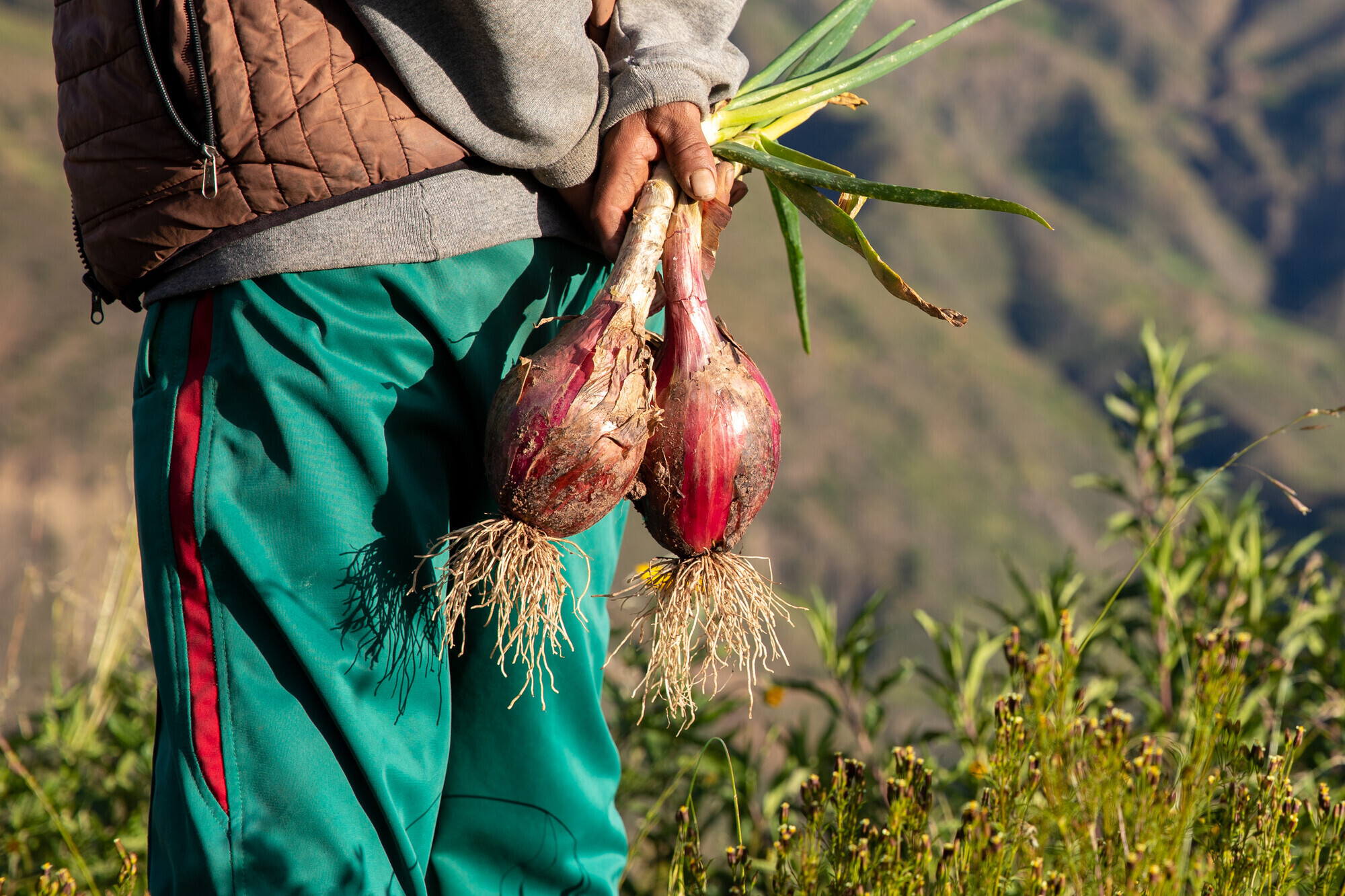
Top photo caption: Staff of MCC Bolivia and PRODII visit the high mountain community of Kisi Kisi, where PRODII is working with community members on a sustainable agriculture project responding to the effects of climate change.

